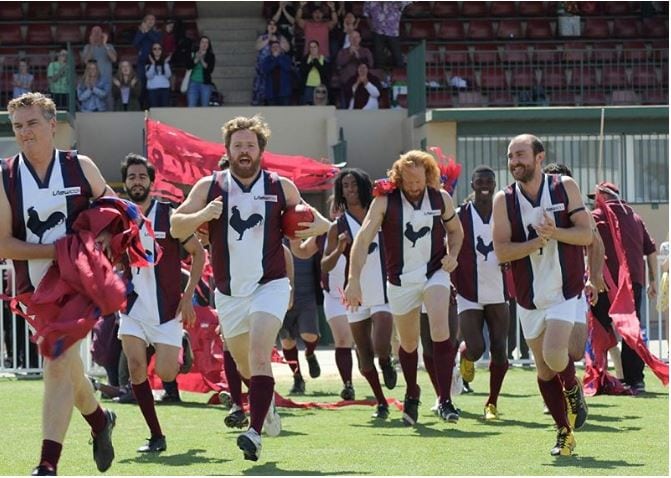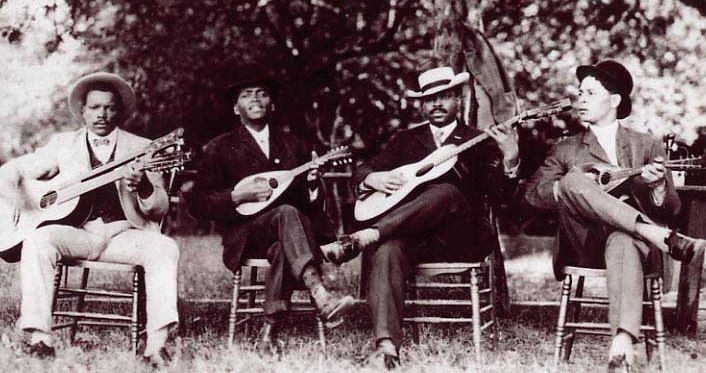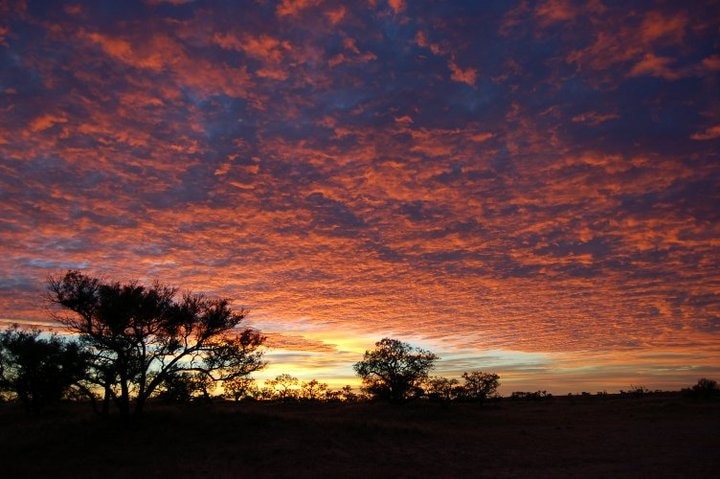When Christians differ the most important message we have to offer is the love of Jesus.
July 13, 2014Abbott’s inconsistent approach to the United Nations
July 31, 2014
Wadjemup (Rottnest Island) is a beautiful place that is also culturally and spiritually significant to Aboriginal people. But it is also a site where gross harm took place and where hundreds of Aboriginal men are buried in unmarked graves. Wadjemup: Black Prison – White Playground a documentary-drama co-written and produced by Murdoch University film-makers Glen Stasiuk and Jeffory Asselin has won the award for Outstanding Achievement in the Feature Film – Factual category at the 2014 WA Screen Awards (WASAs).
The director, Glen Stasiuk, is a Noongar film maker and his previous work includes: The Forgotten (2003), Weewar (2006), Noongar of the Beeliar (2005/2006), The Ngallak Koort Boodja Project (2007) and Razorwire (2012).
Curtis Taylor a film-maker and artist from the Western Desert plays the lead role in the dramatic segments; he brings a strong presence to Wadjemup and is a name to watch out for in the future of Aboriginal film making – both in front of the camera and behind it!
This film sheds a light on part of Western Australia’s history that many people know very little about; the plight of Aboriginal prisoners on Rottnest Island. Wadjemup is deliberately created from an Aboriginal perspective and Stasiuk is clearly not trying to discredit Rottnest Island. He sets out to demonstrate that Rottnest has a Noongar cosmology and is the largest deaths in custody site in Australia. Stasiuk hopes his film will encourage people to talk openly about such historical issues.
From 1838 to 1931, more than 3700 Aboriginal men and boys from across the State were imprisoned in appalling conditions on the island. At least 370 died in custody there.
Many of the men taken there were the leaders, providers and teachers in their families and communities. They were taken there as a part of the dispossession that was inherent in the colonial enterprise that was WA’s making; this comes through very strongly in the film.
Despite more than 20 years of campaigns by the Rottnest Island Deaths Group and negotiated agreements there has been little culturally appropriate commemoration of the harm that was done to Aboriginal men and boys at that place. The film tells how the impact of what was done to these men on Rottnest Island continues to be felt by Aboriginal people. While capturing the broader themes of Australian history; Wadjemup raises difficult questions about how contemporary non-Indigenous Australia deals with the history of dispossession. Like the detractors of the Stolen Generations some will urge that we need to ‘get over it’ and move on from what happened in the past so that we can focus on the present day. In contrast, can you imagine the response if they were told to “forget Gallipoli”?
The film powerfully demonstrates the lack of respect colonial settler society had for Aboriginal people, in its hunger for land. Wadjemup is also a powerful reminder of the detrimental effects of colonization for Australia’s Aboriginal people. Alienation from land and place reinforces the marginal status of Aboriginal people which in turn compounds these inequalities and further marks Aboriginal people as the “other”. Over 80 years after the Rottnest Island Aboriginal Prison was closed, Aboriginal people still constitute over 40% of the inmates of Western Australia’s prisons but make up only about 3% of the total population.
Nonetheless, the film offers a window of opportunity. Its message of hope is that efforts need to be made to address the harm done to Indigenous people and that Rottnest Island could become a symbol of reconciliation between a colonially dispossessed people and the inheritors of the colonial enterprise.
Currently, there is no significant site for reconciliation in Australia, and the film suggests Wadjemup could become that place. A transformed Wadjemup could be a symbol of pride (rather than guilt) for contemporary Australia in a global context. Fostering progress towards reconciliation between Aboriginal and Non-Aboriginal Australians and in particular promote awareness of the need for a culturally appropriate commemoration of the deaths that occurred in the Rottnest Island Aboriginal Prison.
.






